Tet feasts in Nghe An are not as elaborate as in some other places, but one dish that is often present on New Year's Eve is sticky rice cake.
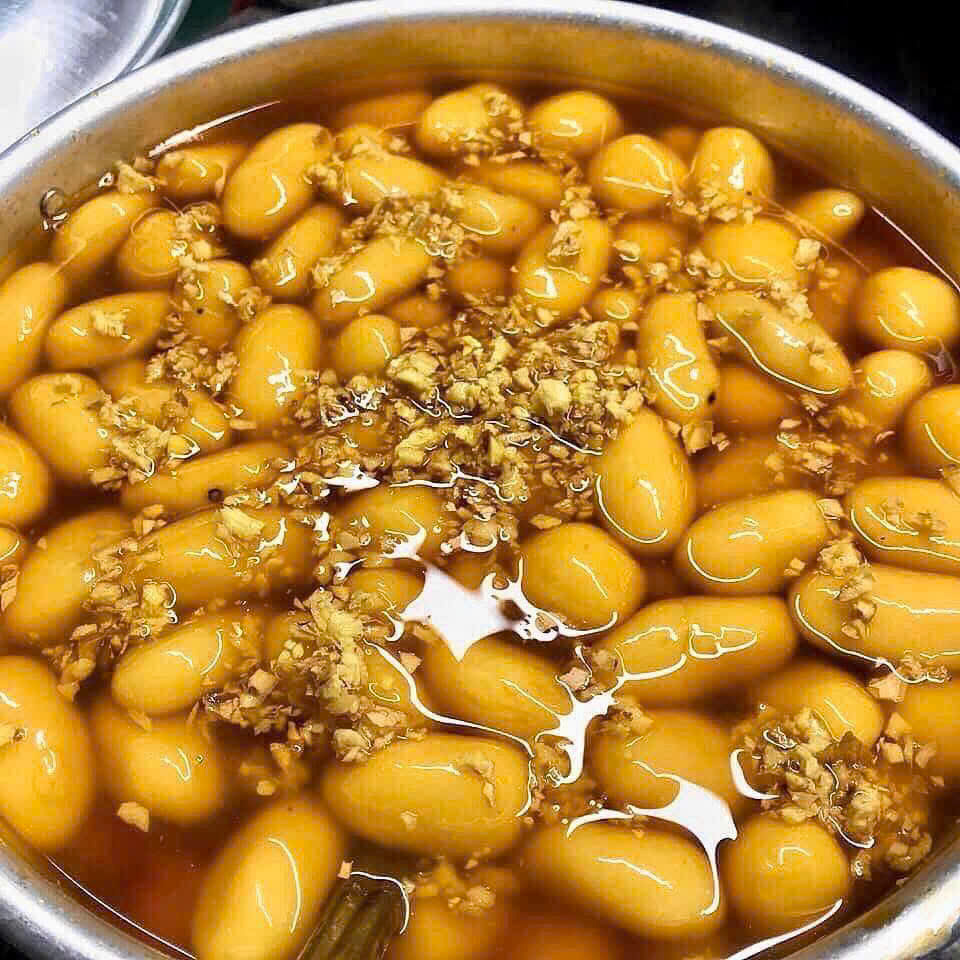
Sweet cakes - a sky of childhood memories every Tet holiday - Photo: DAU DUNG
As time goes by, many things become simpler, and some families no longer light fires to cook sticky rice cakes (also known as sweet cakes, honey cakes) on the last night of December.
As for my family, for the past several decades, my mother has kept the old tradition. On New Year's Eve, along with a bowl of sweet soup and white sticky rice, there will always be a few bowls of sweet cakes on the tray to offer to our ancestors.
Must be sweetened in molasses to be truly sweet.
Bac Xuan village (Dien Chau district, Nghe An province) is famous for making banh muot, so many families have a flour mill in their house. Normally, we grind rice to make banh muot, but on Tet, we grind sticky rice to make banh khoai. In the past, when there were no flour mills, we used heavy stone mortars to grind rice.
Soak the rice for a few hours, then grind it; the finer the flour, the better the cake. The flour used to make sweet rice cake will be much thicker than the flour used to make soft rice cake.
Grind and put all the flour and water into a burlap bag (the name of a type of cloth in the past) and hang it on a crossbar from morning to evening. Place a basin underneath. The beauty of this type of cloth is that the water seeps through the cloth and drops into the basin, but the flour is retained in the bag.
After the New Year's Eve offering, in the evening, my mother took the sticky rice flour mixture out of the cloth bag and started kneading until the dough was soft and elastic, no longer sticky to her hands.
Nghe An sweet cakes usually have both savory and sweet fillings. Some other families add peanuts to the filling, making it more nutty. My family only makes savory fillings. In addition to preparing the dough, my mother also shreds ginger and minces meat to make the filling.
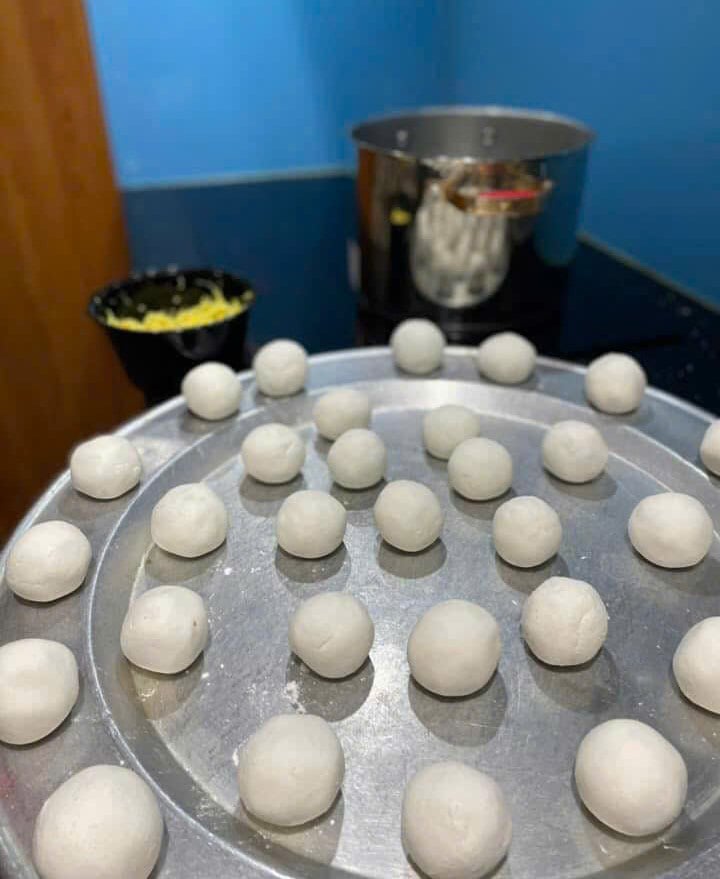
Molding the dough to prepare for cooking - Photo: DAU DUNG
After preparing everything, spread out the mat and sit down to make the cakes. Roll each piece of dough into a ball and spread it out evenly, then add the filling and press the edges together, gently kneading the cake so that it is both round and flat without revealing the filling. This step requires skillful hands, if you are impatient, you will end up with a mess.
When we were kids, we were nosy and liked to do what adults did, so we tried to make them, but some were crooked and some had all the filling inside.
Okay, you guys sit still for the world to be at peace . Mom's hands are quickly making one cake after another. It looks so beautiful. In no time, the whole tray of cakes will be covered. Boil in boiling water for about 1-2 minutes then take them out.
Unlike many other cakes made with sugar water, the soul of Nghe An's sweet cakes lies in molasses. The best is Nghia Dan molasses.
Pour the honey into the pot and heat until boiling, then reduce to low. Families who like it sweet can use 100% honey to cook. Families who like it moderately can add water to dilute it. My family has three generations of sweet tooths, mine is the fourth generation, so the cake must be bathed in pure honey to be delicious.
I don’t know about other families, but my family can’t make sweet rice cake quickly. We have to cook it until it turns “black”. Black rice is teeth? It’s hard to explain.
Just know that the cake is firm, the molasses is deeply mixed into the cake, not just a superficial combination. When eaten, it is both soft and slightly chewy, with a fragrant aroma of molasses. The cake is sweet but not too sweet.
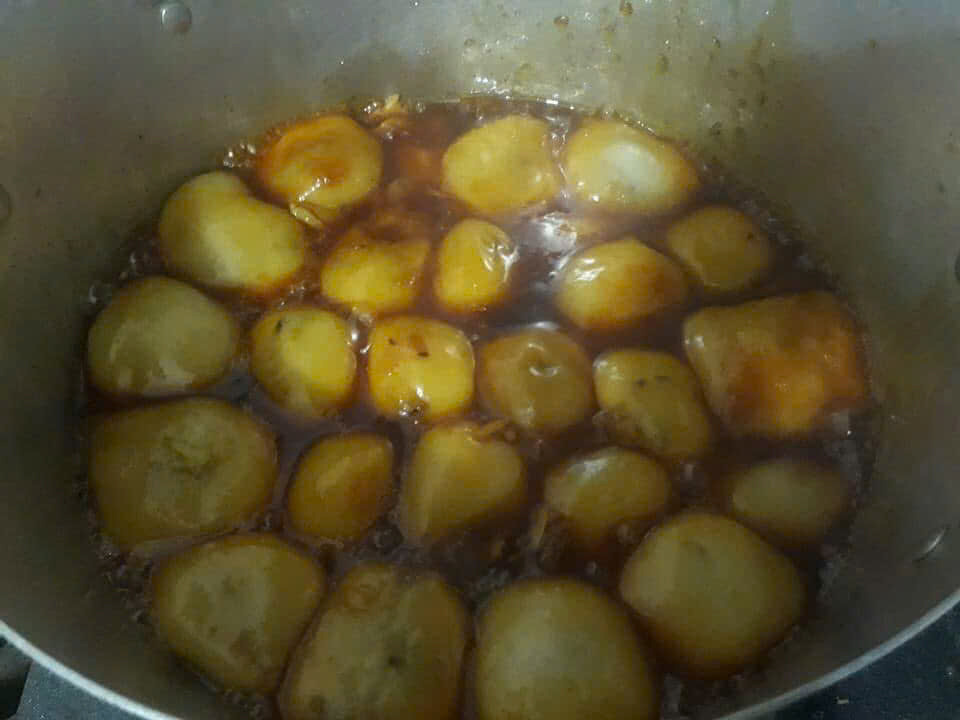
Sweet cake with salty filling - Photo: DAU DUNG
When cooking, pay attention to low heat. Because high heat will destroy the whole pot of cake. To avoid burning, if you are skillful, use chopsticks to stir, but to be sure, lift the two handles of the pot and use force to stir the cake pot a few times.
When the pot of cake is almost brown, add ginger. Boil for a while, then remove from heat, scoop into bowls, arrange on a tray with sticky rice, mung bean sweet soup, and bring to place on the altar.
But that's not all.
The kids were the happiest at this time. They competed to scrape the bottom of the pot of sweet cakes. After scooping all the cakes out, there was a layer of cake standing lightly on the pot underneath. The chewiest, sweetest and most delicious.
The kids had just finished eating when New Year's Eve arrived, fireworks were going off. Dad lit incense and prayed for the New Year, mumbling old prayers, but everyone understood that he wished the family good health in the new year, and that the children would be obedient and listen to their grandparents and parents.
So the whole group left the pot of sticky rice cakes and ran out to the street to watch the fun. Fireworks filled the sky. A new year had truly begun.
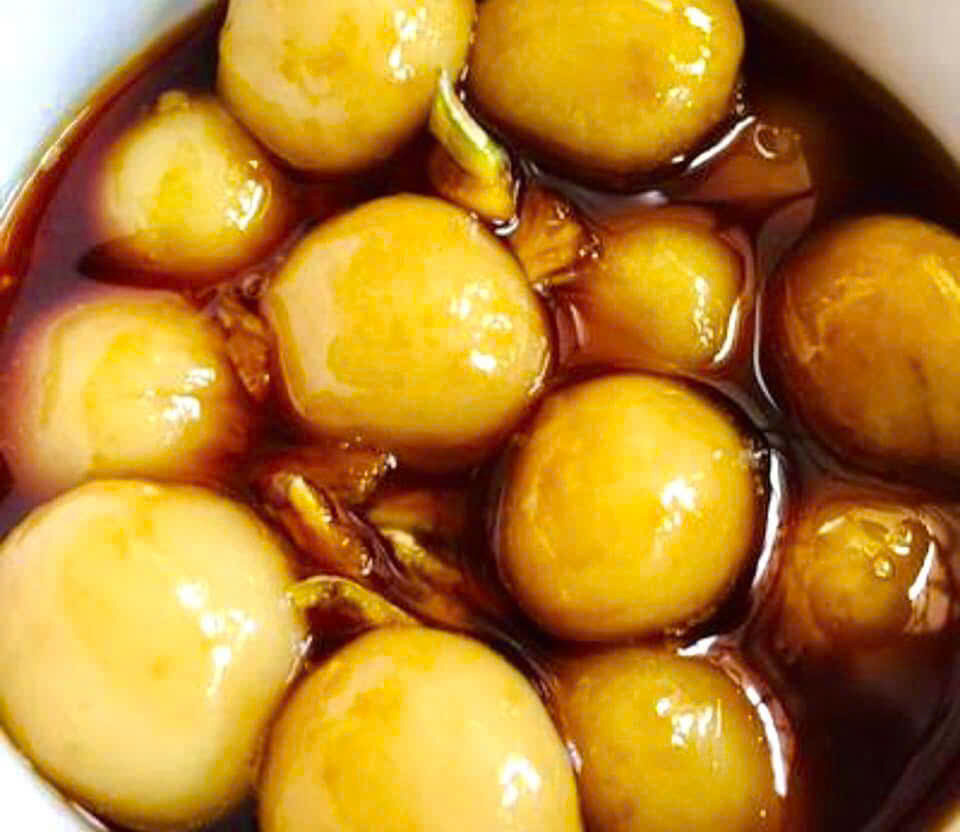
Sweet cake my mother made - Photo: DAU DUNG
"Speech" for the homeland
Once I craved sweet rice cake so much, I ordered it from an online seller in Hanoi but they couldn’t make it to taste like that memory. So I bought Lao sticky rice flour (dry flour) and molasses to make sweet rice cake to recreate that taste of the years. But it still felt like something was missing…
It turned out to be a feeling of missing home. The whole family had to gather together in the kitchen, some making the filling, some scraping ginger, some making the cakes.
The whole family must sit down and eat together while the sound of firecrackers still falls. Eating during Tet is a ritual in every person's life. Only then will we be full and satisfied, right?
In the old days, each season had its own food. Each region had its own food. Transportation and means of transportation were not as convenient as today. It was impossible to travel all over the world to bring back the best food.
People use the best and most fragrant local products or products made with their own hands and hearts to prepare offerings for their ancestors.
Banh ngao - a rare type of cake among traditional cakes that uses molasses to cook. Made from glutinous rice and molasses - the best local molasses, banh ngao is like a culinary "speech" for the homeland of Nghe An:
"Invite grandparents and ancestors to witness the sincerity of their descendants on the occasion of Tet holiday".
Source: https://tuoitre.vn/giao-thua-nau-banh-ngao-dien-tu-am-thuc-xu-nghe-nho-tuoi-tho-du-doi-20250127193201605.htm




![[Photo] Ready for the top competitions of Vietnamese table tennis](https://vphoto.vietnam.vn/thumb/1200x675/vietnam/resource/IMAGE/2025/5/18/9c547c497c5a4ade8f98c8e7d44f5a41)
![[Photo] General Secretary To Lam visits exhibition of achievements in private economic development](https://vphoto.vietnam.vn/thumb/1200x675/vietnam/resource/IMAGE/2025/5/18/1809dc545f214a86911fe2d2d0fde2e8)












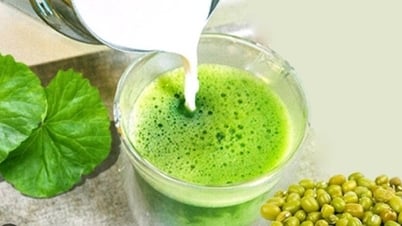

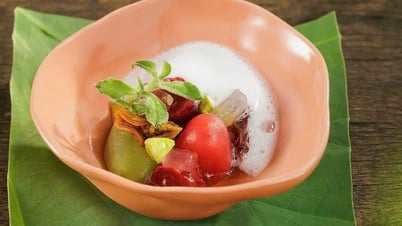
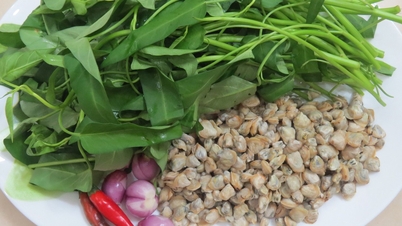
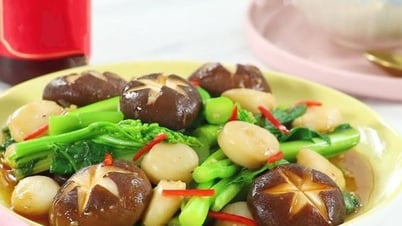






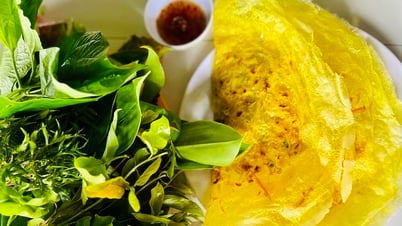




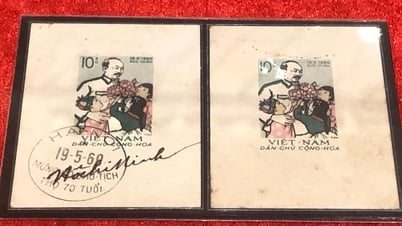
![[Photo] National conference to disseminate and implement Resolution No. 66-NQ/TW and Resolution No. 68-NQ/TW of the Politburo](https://vphoto.vietnam.vn/thumb/1200x675/vietnam/resource/IMAGE/2025/5/18/adf666b9303a4213998b395b05234b6a)










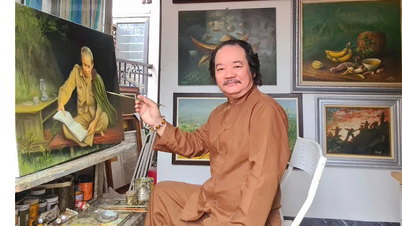
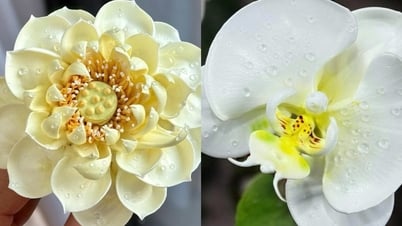
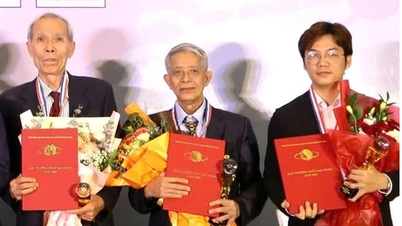










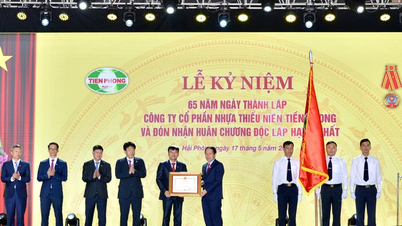


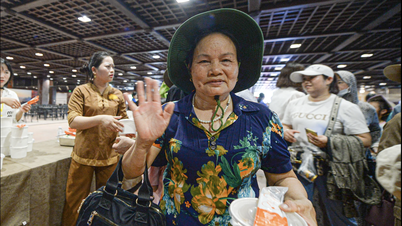











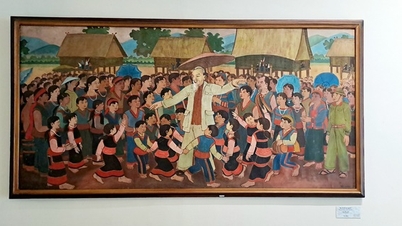










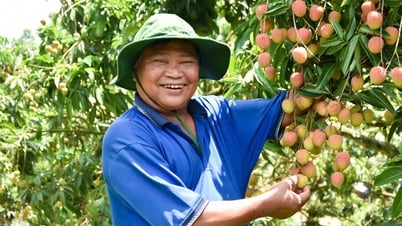










Comment (0)